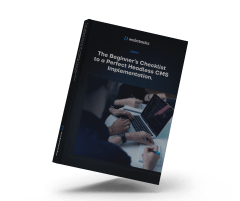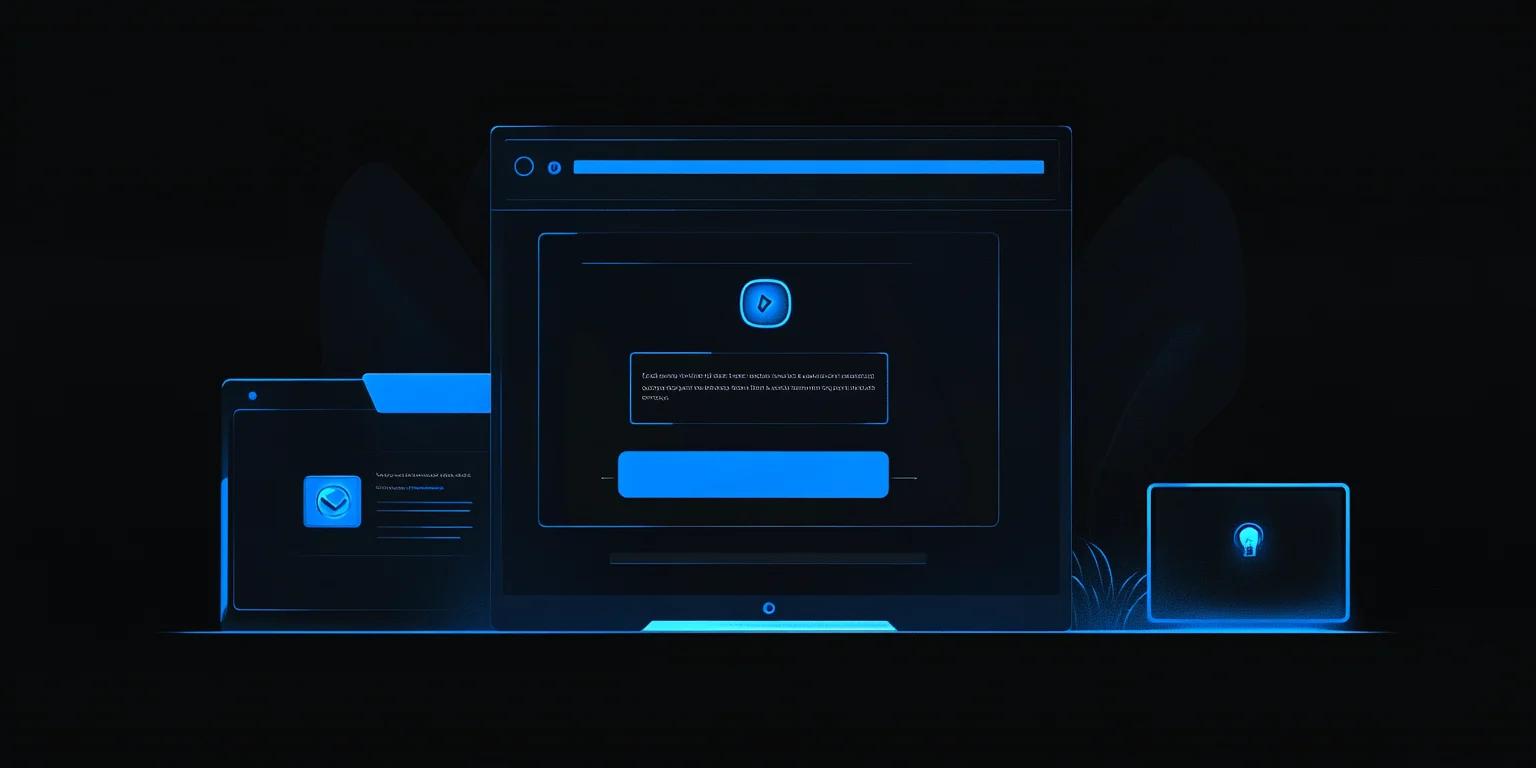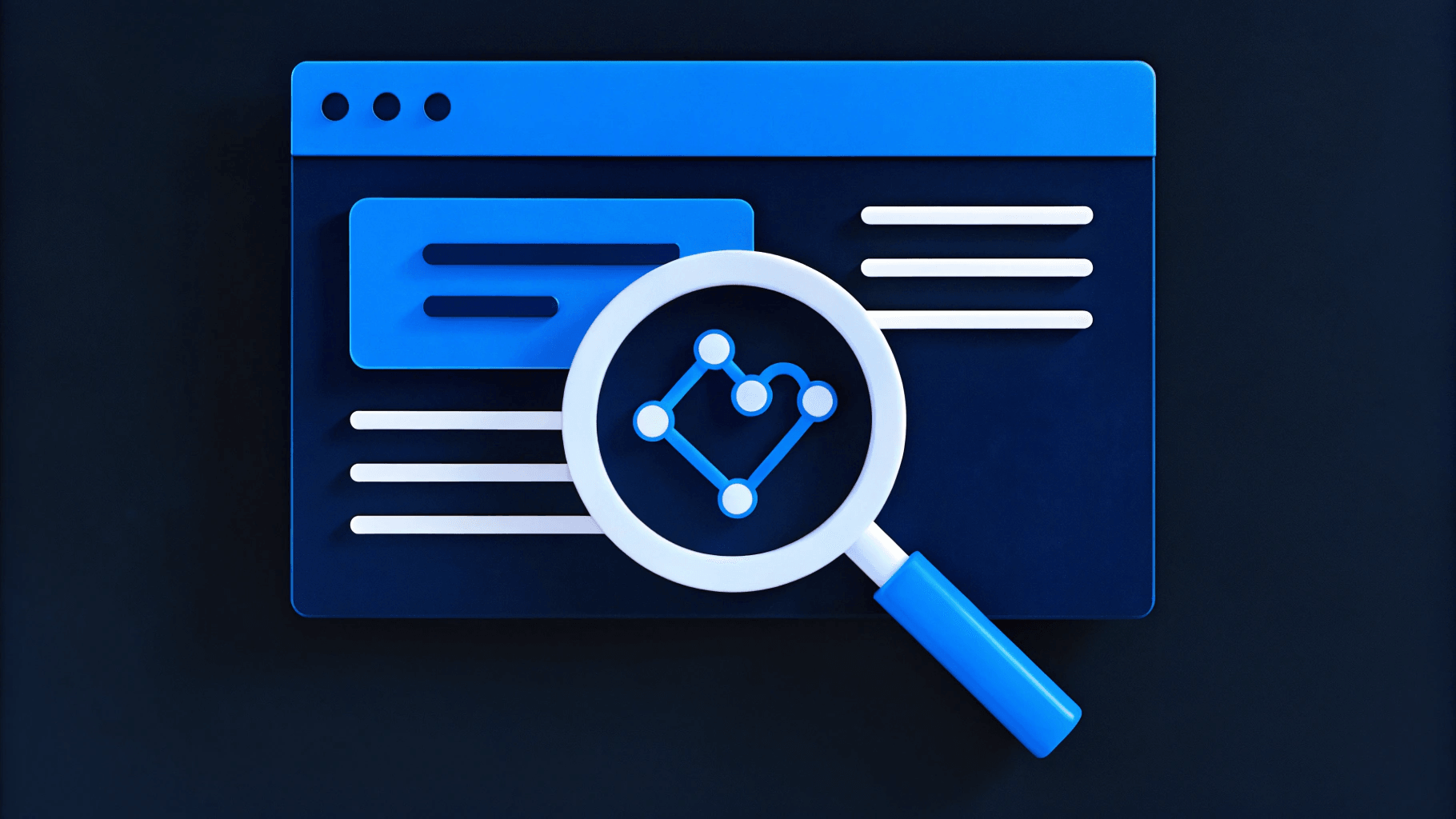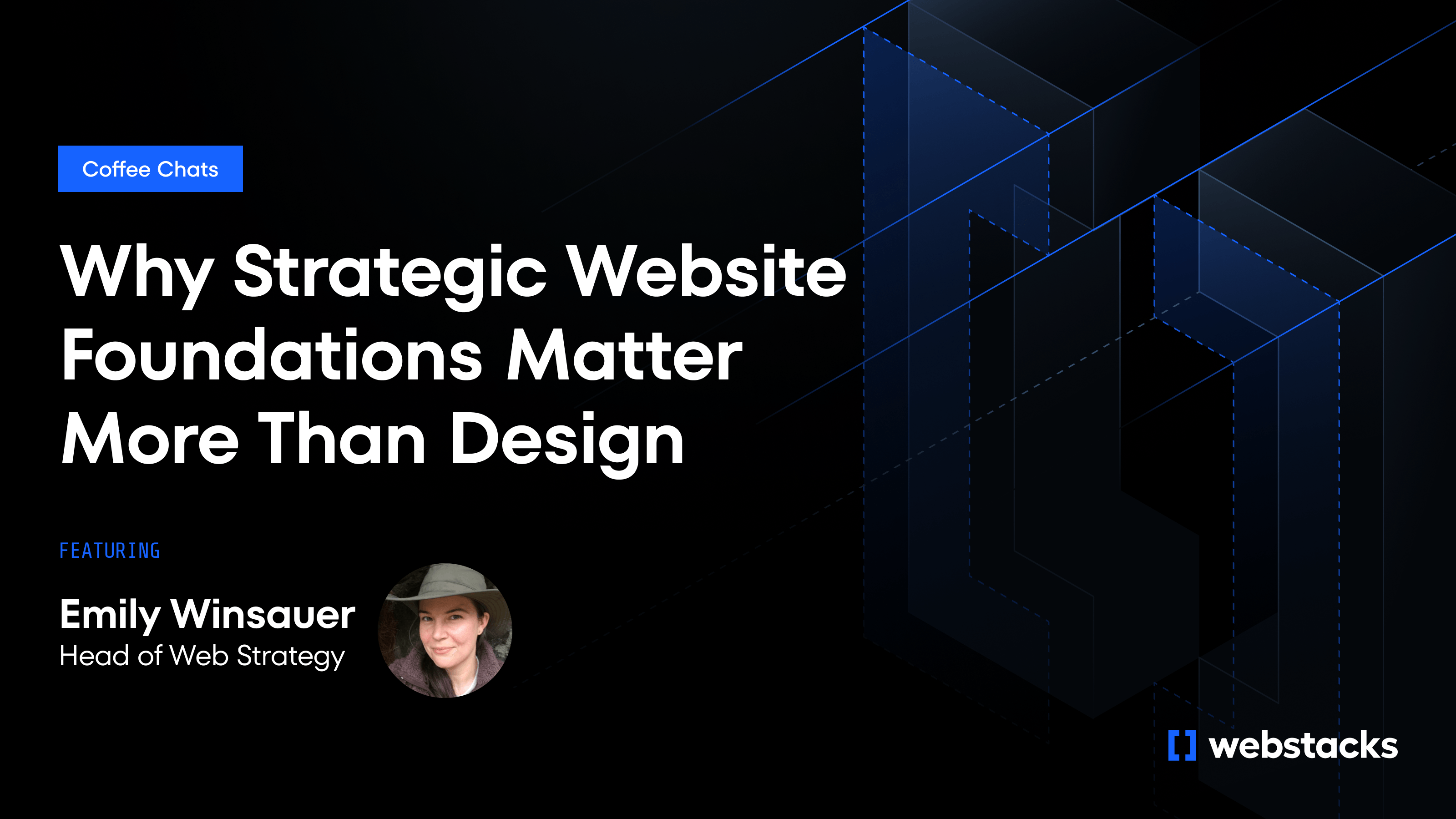With the right approach, web design can improve your website's conversion funnel and increase conversion rates. By integrating key design elements, you can streamline user journeys, craft compelling calls-to-action, and simplify the user experience to turn visitors into loyal customers.
Explore proven web design strategies that not only boost your site’s performance but also turn casual visitors into loyal customers, driving sustained business success.

4 Web Design Elements for Improving Conversions
Enhancing your website's conversion funnel involves important design elements like clear calls-to-action, intuitive navigation, streamlined forms, and trust signals, which can significantly increase conversion rates. By incorporating effective web design strategies, you can optimize user engagement and drive more conversions.
1. Create Clear and Compelling Calls-to-Action (CTAs)
CTAs guide visitors toward desired actions. Placing them in prominent areas, such as where users' eyes naturally move, ensures they catch attention. Effective CTAs are crucial when designing landing pages that convert visitors into customers.
Using contrasting colors and action-oriented language like "Start Your Free Trial" can make them more effective. A report by Epsilon states that 80% of consumers are more likely to make a purchase when brands offer personalized experiences. Regularly testing different CTA designs and placements can optimize their performance.
2. Enhance User Experience with Intuitive Navigation
Navigation is the foundation of your website's user experience. A clear and logical structure helps users find what they need easily. Intuitive menus and search functions aid quick information retrieval.
Highlighting key actions or pages in the main menu keeps users focused on what's important, reducing drop-offs. Applying responsive design principles ensures your navigation adapts seamlessly across devices, enhancing the overall user experience.
3. Streamline Forms and Checkout Processes for Better Conversions
Forms and checkouts are often the final steps in the conversion process, making their design crucial. Streamlining these aspects is essential in conversion rate optimization, helping ensure customers complete transactions with less hassle.
Simplifying forms by reducing fields and using clear labels lowers friction. Options like guest checkouts and progress indicators in multi-step processes can reduce cart abandonment rates.
4. Incorporate Trust Signals and Social Proof to Influence Decisions
Building trust is essential for converting visitors into customers. Including elements such as customer testimonials, reviews, and real-time statistics adds credibility. Displaying security certifications and trust badges further assures visitors. Understanding the importance of trust bars can also enhance credibility and influence user decisions.
Additionally, adhering to website accessibility best practices demonstrates commitment to inclusivity and can enhance user trust. These trust signals can influence user decisions, fostering a sense of security and reliability.
By focusing on these key web design elements, you can create an effective conversion funnel that guides users from initial interest to action. Continuously test and optimize these components to ensure your website remains a powerful tool for conversion.

How Web Design Optimizes the Conversion Funnel
Web design shapes how effectively your website guides visitors through the conversion funnel. Here's how strategic design can enhance this journey.
Use Engaging and Relevant Content to Drive Action
Engaging content is the foundation of a successful conversion funnel. It captures users' attention and encourages them to take action. Pairing compelling content with visually appealing and well-placed design elements keeps users engaged.
Adopting clean, minimalistic layouts that emphasize key points ensures visitors stay focused. Staying updated on SaaS web design trends can further enhance engagement and guide users seamlessly through your funnel.
Optimize Page Load Time to Retain Users
Page load time is critical in retaining visitors. Even a slight delay can lead to significant drops in conversions as users leave slow-loading pages.
To optimize website performance, implements steps like compressing images, minifying code, and using content delivery networks. Fast load times enhance user satisfaction and reduce bounce rates, keeping potential customers engaged.
Use A/B Testing for Design Optimization
A/B testing is valuable in web design optimization. It allows you to test different design elements, like CTA buttons and layouts, to determine which works best. By analyzing user interactions, you can make data-driven decisions to continually refine your design, ensuring your website aligns with user preferences.
Optimizing your conversion funnel involves more than aesthetics, it requires engaging content, fast load times, and testing to create a seamless user experience that converts visitors into loyal customers. These principles also enhance email campaigns for enhancing email conversions.
Personalization and User Behavior in Web Design
Personalization in web design can significantly increase conversion rates by creating tailored user experiences. Customizing content and layouts to meet individual preferences and fosters deeper engagement and drives users toward action.
Embracing SaaS UX design strategies with dynamic content that adapts to user segments captures attention and sustains interest. When users encounter personalized recommendations and information, they’re more likely to engage and convert.
To use personalization effectively, analyze user data to craft experiences that resonate with your audience. Adapt content for different user segments or offer product recommendations based on past interactions. Studying user behavior helps refine these personalized elements, ensuring they remain relevant and impactful.
Incorporating personalization within your web design strategy creates a customized journey that encourages users to take action, optimizing conversion rates and building lasting connections.
Measuring and Optimizing Conversion Rates
Continuous optimization improves website effectiveness by using data-driven insights to refine design and boost conversions. A/B testing and heat mapping allow you to experiment with design elements and analyze user behavior for actionable insights.
Implementing web accessibility practices broaden your audience and enhance user experience and conversion rates. Monitoring user flows with tools like Google Analytics helps identify drop-off points, allowing for targeted design adjustments to maintain engagement.
Performance metrics like First Contentful Paint (FCP), Time to Interactive (TTI), and Cumulative Layout Shift (CLS) are essential in optimizing user experience. Focusing on these core web vitals ensures your site performs well, reducing bounce rates and enhancing user satisfaction.
Optimization is an ongoing process. Continually applying data-driven changes keeps your site responsive to user behavior and technological advancements, ensuring sustained improvements in conversion rates.

Takeaways on Web Design and Conversion Funnel
Investing in web design enhances website performance and conversion rates. Partnering with an expert agency like Webstacks provides benefits beyond basic aesthetics. Agencies bring specialized knowledge to improve your conversion funnel by focusing on clear CTAs, intuitive navigation, and optimized load speeds for a seamless user experience.
Using modern technologies like a headless CMS boosts performance and scalability, while professional guidance in tasks like HubSpot CMS migration or WordPress to Contentful migration ensures a smooth transition.
Agencies also employ advanced techniques like A/B testing and heatmaps for continuous optimization, keeping your site competitive. Professional web design services are a strategic investment that drives user engagement and business growth, ensuring your site is both visually appealing and a powerful conversion tool.
Transform Your Website's Conversion Funnel Today
Effective web design can significantly enhance your website's conversion funnel. By focusing on clear CTAs, intuitive navigation, fast load times, and personalization, your website can evolve from a basic digital presence into a powerful conversion tool.
Ready to optimize your SaaS website structure for growth? See the Webstacks difference: Schedule a brief discovery call today. Let us help you create a website that drives results.




